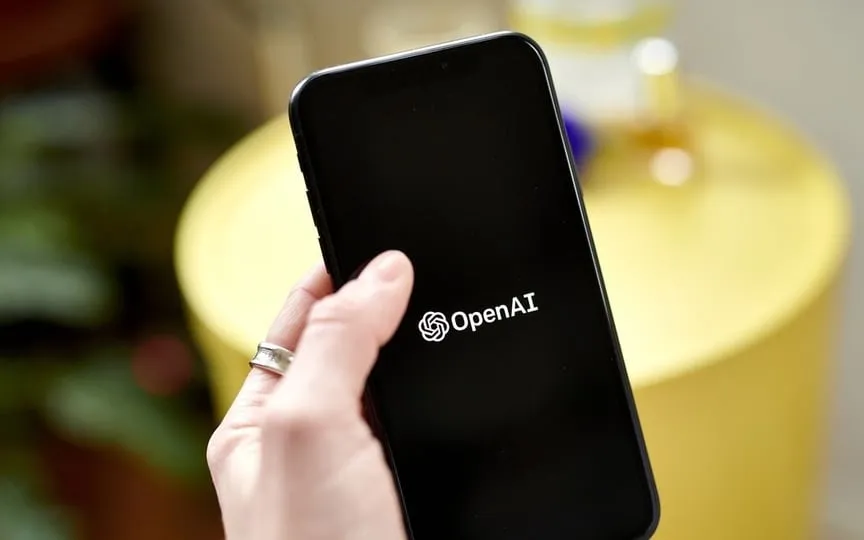OpenAI Showcases its AI Tech: The Race for the Top Heats Up!
On Monday, the creators of ChatGPT, an artificial intelligence company, organized its inaugural developer conference, following the footsteps of Silicon Valley’s technology showcases, a tradition that was initially popularized by Apple many years ago. The event welcomed hundreds of software developers.
The path to OpenAI’s debut DevDay has been an unusual one. Founded in 2015 as a non-profit research institute, it rose to global prominence less than a year ago with the release of a chatbot that sparked excitement, fear and spurred international safeguards to control the rapid development of artificial intelligence.
The San Francisco conference comes a week after President Joe Biden signed an executive order that places some of the first US guardrails on artificial intelligence technology.
Under the Defense Production Act, the order would require AI developers, which likely include OpenAI, its financial backer Microsoft and rivals such as Google and Meta, to share with the government information about AI systems being built so “capable” that they could perform. serious security risks.
The order was based on voluntary White House commitments made earlier this year by leading AI developers.
Much anticipation also rests on the economic promise of the latest generative AI tools to produce text and new images, sounds and other media in response to written or spoken prompts.
Goldman Sachs predicted last month that generative artificial intelligence could increase labor productivity and lead to a 10-15 percent increase in the global gross domestic product, i.e. the total production of goods and services in the economy, in the long term.
While Monday’s conference won’t lack public attention, both positive and negative, it will give OpenAI an audience to showcase some of the commercial benefits it sees in its suite of tools, which include ChatGPT, its latest large language model GPT-4, and the image generator DALL-E.
The company recently announced a new version of its AI model called GPT-4 with vision or GPT-4V, which allows the chatbot to analyze images. In a research paper published in September, the company showed how the tool can describe the content of images for blind or visually impaired people.
While some commercial chatbots, including Microsoft’s Bing, are now built on top of OpenAI’s technology, there are a growing number of competitors, including Bard from Google and Claude from another San Francisco-based startup, Anthropic, run by former OpenAI employees. OpenAI also faces competition from so-called open-source model developers who release their code and other aspects of the system publicly for free.
ChatGPT’s newest competitor is Grok, which billionaire Tesla CEO Elon Musk unveiled over the weekend on his social media platform X, formerly known as Twitter. Musk, who helped launch OpenAI before leaving the company, this year launched a new company called XAI to put his own stamp on the pace of AI development.
Grok is only available to a limited number of early adopters, but promises to answer “spicy questions” that other chatbots refuse to prevent offensive answers.
One more thing! ReturnByte is now on WhatsApp channels! Click here to join so that you never miss any updates from the world of technology.




